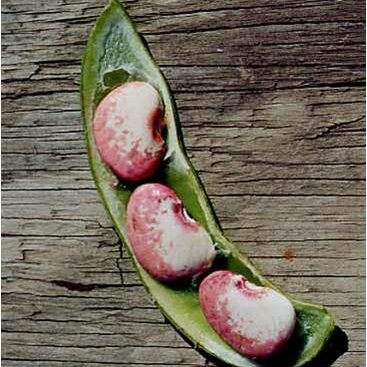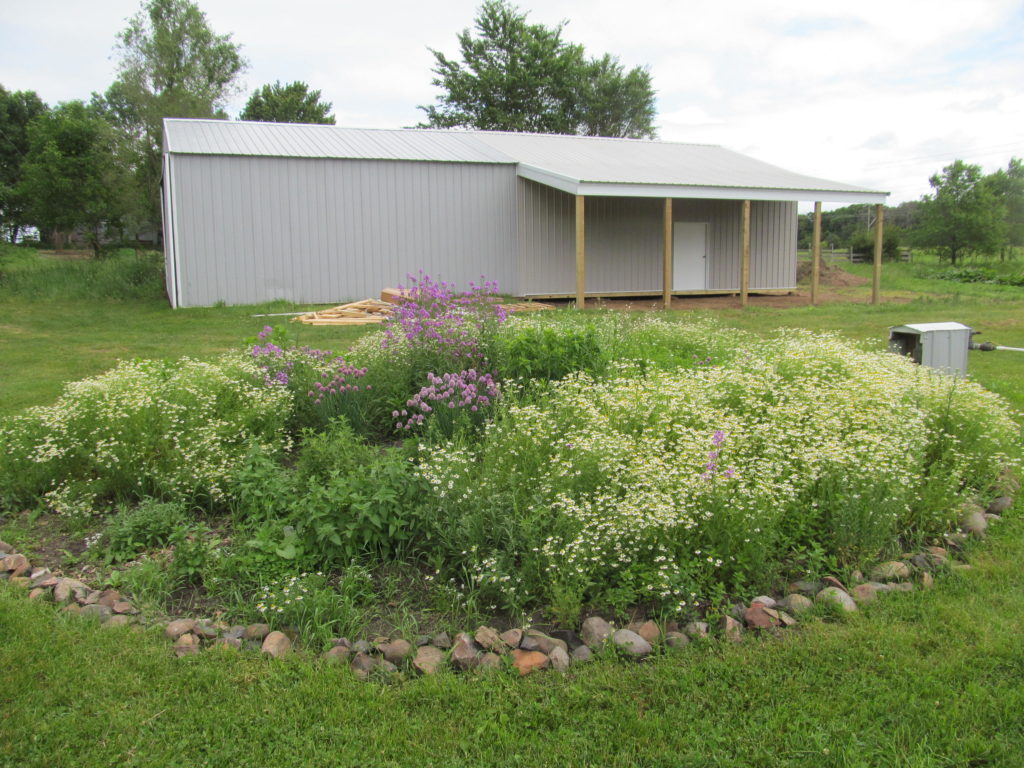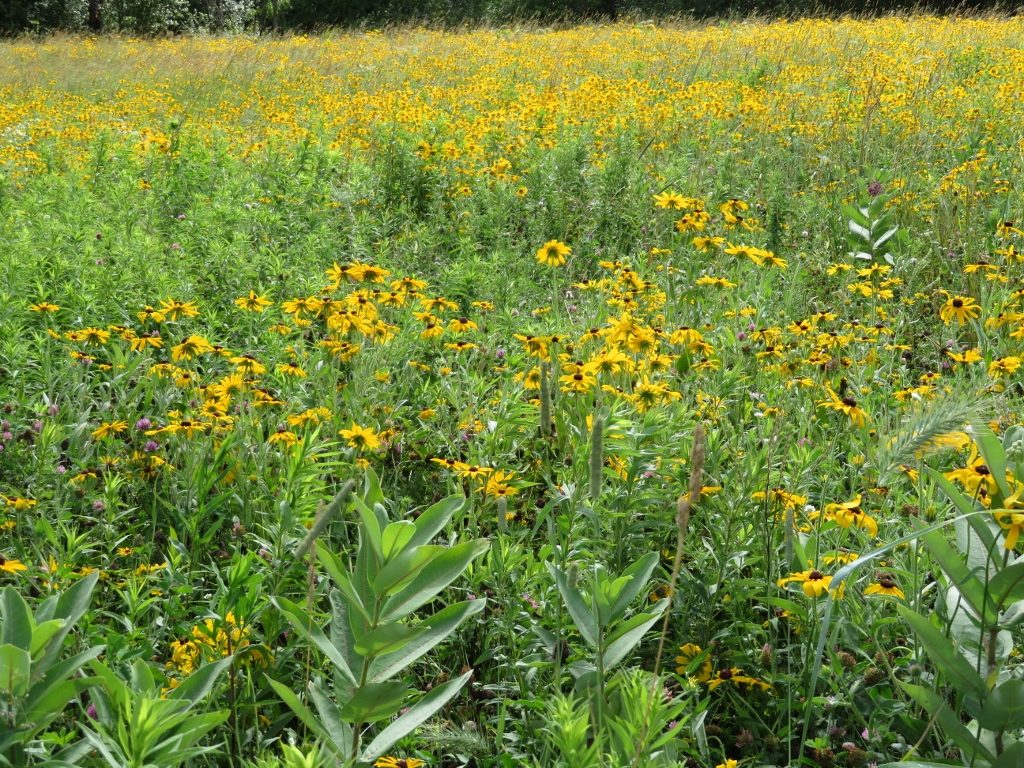Dream of Wild Health Farm
"We Grow Seeds and Leaders"
Dream of Wild Health stewards 30 acres of farmland in Hugo, MN. The farm is a safe space, and a sacred place where we carry out our mission to restore health and wellbeing in the Urban Native Community by recovering access to healthy, Indigenous foods, medicine and lifeways.
As one of the only Native American-led farms in the Twin Cities area, Dream of Wild Health fulfills a unique role in the Native American and local agricultural communities.
Dream of Wild Health grew more than 26,000 pounds of produce in 2023, and more than 53,000 pounds in the last two seasons. We distributed the food into the Twin Cities Native American community through DWH programs and IFN partner organizations and agencies.
Where DWH Produce Goes
Indigenous Food Shares
Our IFS Shares are the main way we deliver food to our Urban Native relatives. Weekly shares deliver fresh fruits, vegetables, legumes and grains to Native families and organizations. We distribute our shares to the community and offer a variety of considerations to make shares affordable.
Youth Program
Youth who participate in our programs help raise the food that they eat during our Youth Program weeks. They also take a grocery bag of produce home to their families at the end of Garden Warriors sessions.
Four Sisters Farmers Market
Dream of Wild Health is a core partner to the Native American Community Development Institute’s (NACDI) Four Sisters Farmers Market. We partner with them to bring produce and other Native produced products to the weekly market June - October located in the Powwow Grounds Coffee Shop Parking Lot 1414 E Franklin Ave. The IFN and DWH have also worked with NACDI to host cooking demos, gardening classes, and raising plants for community distribution.
IFN Partner Organizations and Agencies
Each year DWH produce is distributed to a variety of Native Organizations in the metro through a number of different initiatives. Agencies include: Division of Indian Work - MPLS, Department of Indian Work - St. Paul, Nitamising Gimashkikinaan Lactation Circle, Native American Community Clinic (NACC), NACDI, First Nations Kitchen.
On the farm, we raise fruits and vegetables, wild plants, a berry orchard, and a two acre pollinator meadow. Structures on the farm include a greenhouse, a pole barn, and a farm house. In 2020, we purchased land, expanding our acreage from 10 acres to 30 acres.
All of our food is raised with loving care in an organic environment. We teach our kids to treat each other and the earth with reverence and respect. We offer prayers of thanks with tobacco before each harvest. And we believe in reciprocity, giving back to the earth with gratitude for the gifts we receive.
Dream of Wild Health is a place for Native and non-Native people to gather and rebuild a relationship with the land. It is a place of learning, a place of celebration, a place of belonging and community. The farm is a model of cultural recovery put into practice. The farm is a safe place for children. It is a place where we cherish and protect the seeds as our ancestors. It is a place where we keep our values alive.
From our humble beginnings in the rented fields in Farmington, our farm continues to grow and diversify. Each year, we serve more than 3,000 Native and non-Native people through tours, workshops, community feasts, school visits, and summer programs.






